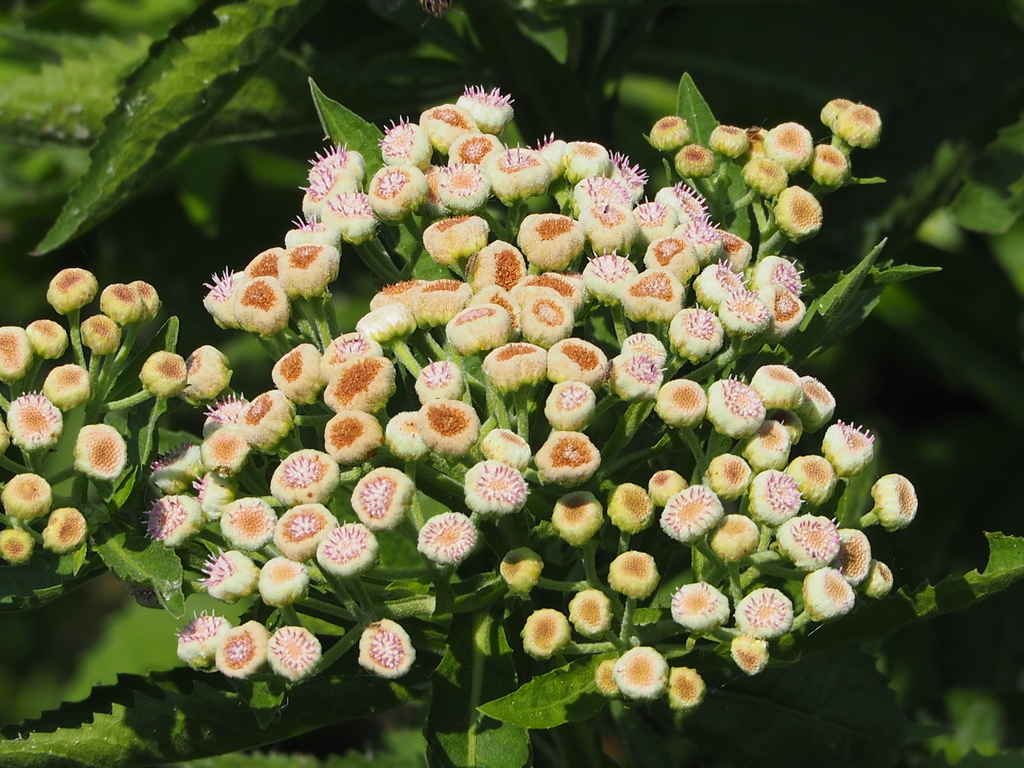Lucera
Introduction
- Scientific name : Medicago sativa
- Common name : Bastard medic, sand lucerne.
- An herbaceous perennial with deeply penetrating taproot.
- One of the first forage crops to be domesticated.
- Used for both grazing and conservation as hay, silage, meal and forage dehydration.
- Seeds can also be used for human consumption as sprouts.

Soil and moisture
- Demands deep, well-drained soils with a neutral to slightly alkaline pH.
- Will grow in sands to moderately heavy clays, provided drainage is satisfactory as it is intolerant of even short periods of water logging.
- Is relatively drought tolerant and will adjust plant density to cope with the availability of water supply.
Temperature and light
- Optimum temperature for dry matter production appears range from 15-250C and 10-200C during the night.
- Needs high light intensity for maximum growth but its erect growth habit allows it to compete well for light when sown in mixtures.
Fertilizer
- Needs medium to high fertility soils with neutral to moderately alkaline pH for optimum production.
- 3:25:10 mg/kg NPK.
- Aluminum toxicity can occur on soils with pH of lower than 5.5.
Nutritive value and palatability
- Proteins and calcium levels are high but metabolizable energy (ME) and phosphorous level are low.
- Fibrous tissues is low and hence highly digestible.
Toxicity
- Bloat is the major limitation to grazing lucerne.
- Enterotoxaemia can also be a problem with sheep and can be controlled by injections.
Yield
- Under irrigation, produce 25-27 t/ha dry matter in first year and 8-15 t/ha by the third year.
- Good irrigation stands can produce 20t/ha of hay per year.